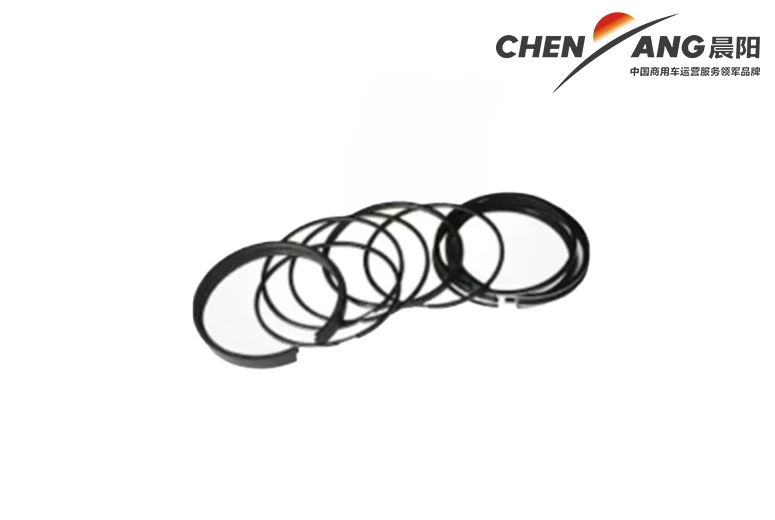six-speed sequential gearbox for enhanced driving performance and precision control
Exploring the Mechanics of 6-Speed Sequential Transmission
In the ever-evolving landscape of automotive technology, the quest for efficiency, performance, and driver engagement has driven manufacturers to innovate and refine their transmission systems. One such innovation is the 6-speed sequential transmission, a sophisticated mechanism that combines the best features of manual and automated gear shifting. This article delves into the intricacies of a 6-speed sequential transmission, its benefits, and its applications in various vehicles.
Understanding Sequential Transmission
Unlike traditional automatic transmissions which use a complex hydraulic system to shift gears, sequential transmissions utilize a simple mechanism that allows for faster gear changes. This system can be found in motorsports and performance vehicles where speed and precision are paramount. The term sequential refers to the way gears are engaged in order without skipping any; when the driver pulls the gear lever or paddle shifter, the transmission changes to the next gear in sequence, be it up or down.
The 6-speed configuration signifies that the system has six distinct gear ratios. This allows for optimal power delivery across a range of speeds. Each gear is carefully calibrated to ensure that the engine operates efficiently within its power band, maximizing both performance and fuel efficiency.
The Components of a 6-Speed Sequential Transmission
The 6-speed sequential transmission consists of several key elements, including a gear selector mechanism, shift forks, and input and output shafts. The gear selector is typically operated by either a manual lever or electronic paddles located behind the steering wheel, providing quick access for the driver.
The use of specially designed shift forks allows for rapid engagement of the gears without the use of a clutch pedal in some systems, particularly in high-performance applications. This is often achieved through a semi-automatic setup, where the driver manually changes gears but the clutch operation is automated, minimizing the time taken for shifts and enhancing overall responsiveness.
6 speed sequential transmission

Benefits of 6-Speed Sequential Transmission
The advantages of a 6-speed sequential transmission are manifold. Firstly, one of the most significant benefits is the speed of gear changes. Sequential systems can shift gears in a fraction of a second, which is a crucial factor in racing and high-performance driving scenarios. This rapid shift capability can lead to improved lap times in motorsports, where every millisecond counts.
Secondly, the design of a sequential transmission often leads to enhanced durability. The straightforward mechanics and reduced number of components compared to traditional automatic or manual transmissions reduce wear and tear. As a result, these systems are robust and capable of handling high torque levels, which is particularly beneficial for performance cars and racing applications.
Moreover, the driver engagement factor cannot be overstated. Many enthusiasts appreciate the tactile feedback and involvement that comes with a sequential system. It fosters a more exhilarating driving experience as the driver feels directly connected to the vehicle's performance.
Applications in the Automotive World
6-speed sequential transmissions have found their way into various types of vehicles. They are most commonly associated with high-performance sports cars and racing vehicles, where manufacturers like Ferrari, Porsche, and Lamborghini utilize them to deliver a thrilling driving experience.
In addition to sports cars, sequential transmissions are also becoming more prevalent in rally and touring car series. Their ability to deliver quick shifts is invaluable in these settings, where road conditions change rapidly, and driver responsiveness is critical.
In summary, the 6-speed sequential transmission represents a blend of innovative engineering and performance-oriented design. Its ability to offer rapid gear changes, enhanced durability, and an engaging driving experience makes it a popular choice among enthusiasts and professional drivers alike. As automotive technology continues to advance, the sequential transmission will likely remain a staple in the world of performance vehicles, pushing the boundaries of what drivers can expect from their machines.
-
SINOTRUK HOWO 84 Electric Dump Truck for Eco-Friendly Heavy HaulingNewsJul.26,2025
-
The Fast 16-Gear Manual Transmission Assembly for Heavy TrucksNewsJul.25,2025
-
Mercedes Benz Actros 1848 42 Tractor Truck for Sale - Reliable PerformanceNewsJul.24,2025
-
High-Quality Water Pump Assembly for Sinotruk Trucks – Durable & ReliableNewsJul.23,2025
-
Premium Truck Engine Antifreeze Coolant Fluid for Heavy Duty VehiclesNewsJul.22,2025
-
FOTON View G7 Mini Bus: Affordable & Spacious TransportNewsJul.22,2025
Popular products

























